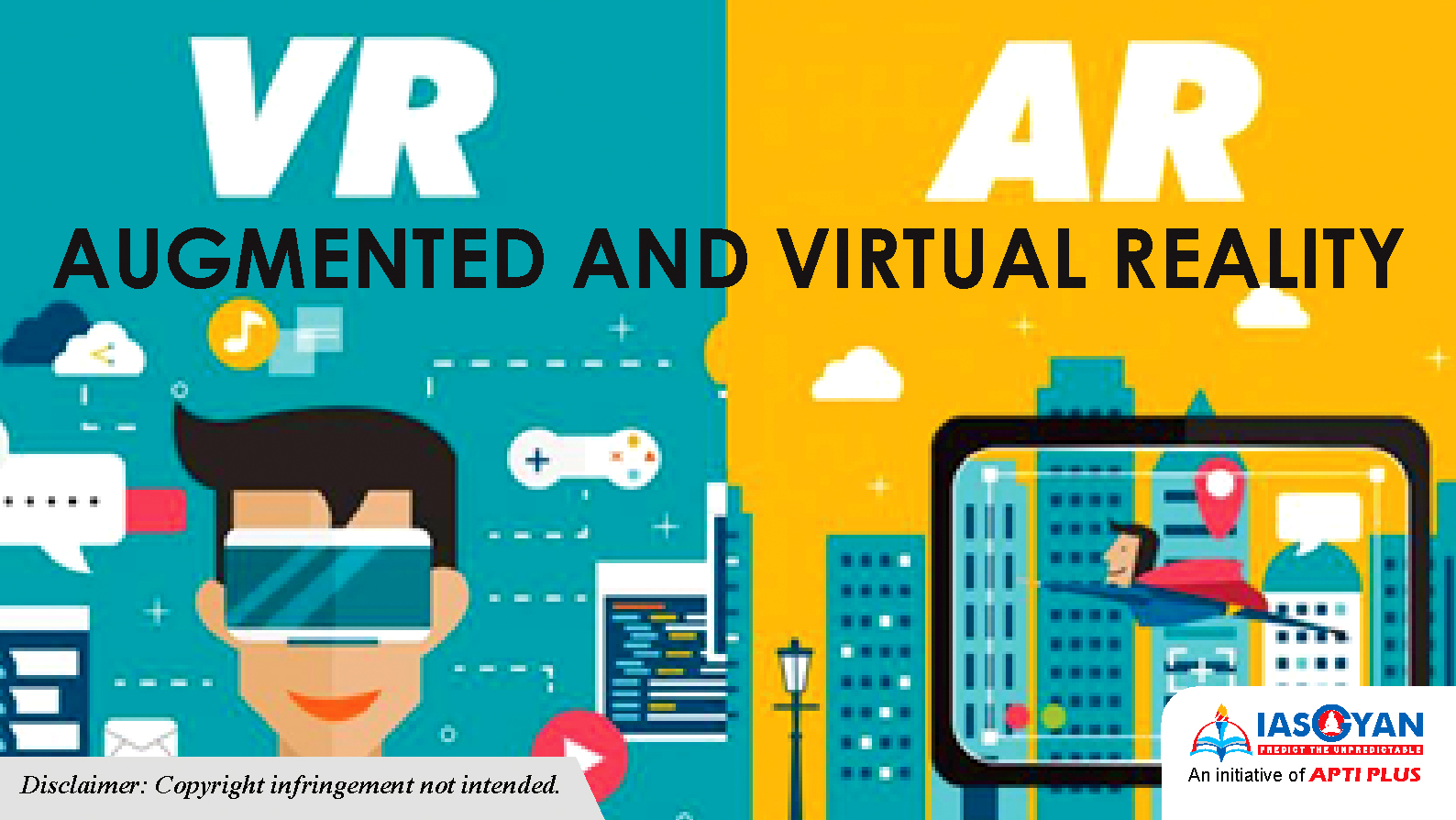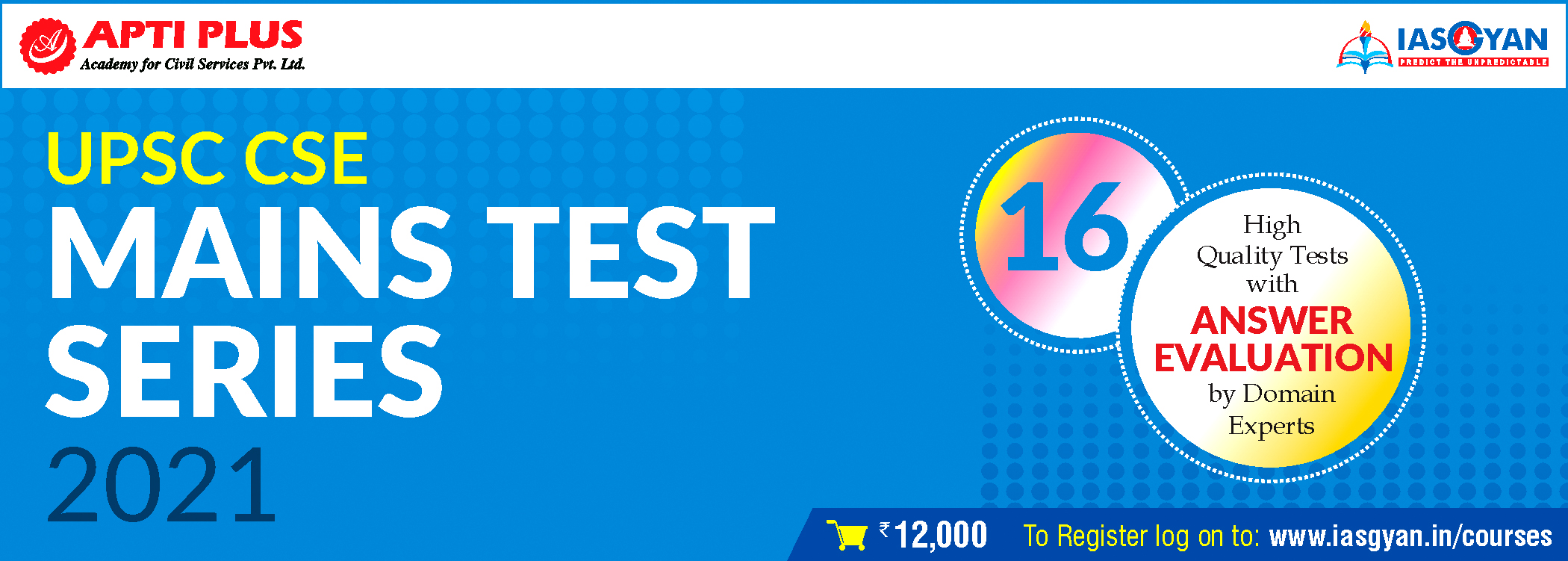AUGMENTED AND VIRTUAL REALITY

Augmented Reality
- Augmented reality (AR for short) is defined as "the real-time use of information in the form of text, graphics, audio, or other virtual enhancements integrated with real-world objects."
- It involves overlaying visual, auditory, or other sensory information onto the world in order to enhance one's experience.
How does augmented reality work?
- AR works by adding digital content onto a live camera feed, making that digital content look as if it is part of the physical world around you."
.png)
Applications of Augmented Reality
.png)
.png)

Virtual reality
- Virtual reality (VR) refers to a computer-generated simulation in which a person can interact within an artificial three-dimensional environment using electronic devices, such as special goggles with a screen or gloves fitted with sensors.
- In this simulated artificial environment, the user is able to have a realistic-feeling experience.
Applications of Virtual Reality
Military uses
- Flight simulation
- Battlefield simulation
- Medic training (battlefield)
- Vehicle simulation
- Virtual boot camp
.png)
Healthcare
- Virtual Reality Diagnostics
- Human Simulation Software
- Virtual Robotic Surgery
.png)
Business
- Virtual tours of a business environment
- Training of new employees
- A 360 view of a product
.png)
Sports
- Virtual reality performance
- Driving equipment design and innovation
- Bringing the sporting event closer to the audience
Engineering
- Car Design
- Rail construction
- Design cycle
1.png)
.png)
.png)

Challenges of VR
On VR companies side:
- Production of virtual reality gear is expensive;
- Competition on the market is virtually non-existent;
- No excessive demand from the consumers.
On consumer’s side:
- Technology is unproven content-wise;
- The price is not justified by anything but cutting edge technology;
- Lack of varying budgetary options;
Other issues
- Lack of viable business models
- Health effects --- nausea, dry, irritable eyes, headache or eyestrain, blurred vision.
Addressing the issues
Regulatory framework- Regulators must step in to protect individuals.
Sovereignty of personal data: Concern over these methods of personal data collection should be addressed by introducing permanent solutions
Enticing foreign talent: In France, for example, the government-backed CNC Fund provides funding for AR and VR producers to co-produce content with local teams, offering grants that cover both development and production.
Strategically developing domestic talent: China is one example of an early mover. Areas such as Zhongguancun, Beijing, are subsidizing companies by up to $1.45 million to further develop the VR industry and position the region as the next global technological hub.
Reduce production costs: “Virtual prototyping” allows to shorten the time and cost of iteration in product development while also improving the quality of the end product.
- Virtual prototyping is a method in the process of product development. It involves using computer-aided design (CAD), computer-automated design (CAutoD) and computer-aided engineering (CAE) software to validate a design before committing to making a physical prototype.
5G Speed: The spectrum currently available for cellular communication is simply not adequate for the demands VR and AR will place on networks. 5G will also have larger implications as the Internet of Things (IoT) expands.

Future of AR and VR in India
- Augmented Reality and Virtual Reality technologies have been witnessing an exponential growth in the Indian Market.
- The past few years has witnessed the emergence of 170 AR/VR start-ups in the country.
- Bengaluru takes the lead, attracting 27 per cent of these start-ups, followed by Delhi at 25 per cent-Market Pulse Report on AR and VR, by Growth Enabler.
- AR/VR technology has the potential to impact all possible industry verticals from education, healthcare, retail, travel, training, simulation, entertainment to gaming industry.
- According to reports, Augmented Reality and Virtual Reality market are expected to grow at an estimate of 6.5 billion by 2022.
- AR will see a prominent push in the next 3 to 5 years in India, and most schools will have dedicated tools.
- Higher education will see faster adoption for AR and VR tools, given that the technology is already present in such institutions.
Conclusion
- In its current state - VR technology is something like a Schrodinger Cat.
- In the world’s most famous thought experiment, physicist Erwin Schrödinger described how a cat in a box could be in an uncertain predicament.
- However, AR and VR have the potential to dramatically expand the ways our devices can help with everyday activities.
- Augmented reality (AR) and Virtual Reality (VR) can bridge the digital and physical worlds completely.





.png)
.png)
.png)
.png)
.png)
.png)
1.png)
.png)
.png)